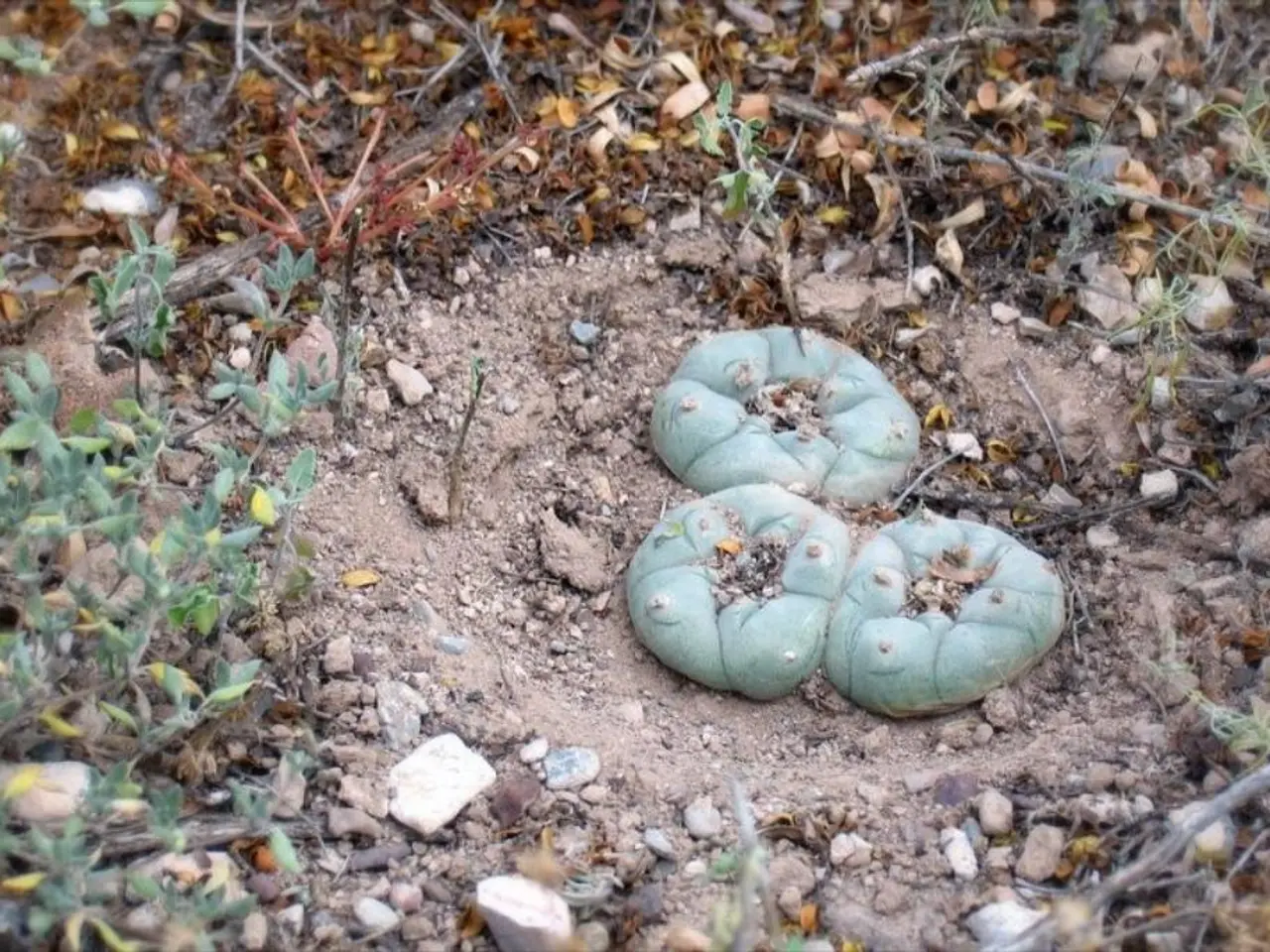Mexican Delight: Squash Blossom
In the heart of ancient Mesoamerican societies, the humble squash blossom, or 'flor de calabaza', held a profound significance that extended far beyond its culinary delights. These vibrant blooms were integral to the milpa system, a traditional intercropping method that dates back at least 3,500 years[1].
### A Symphony of Symbolism
In Mesoamerican cultures, flowers, including squash blossoms, were revered as symbols of abundance, renewal, and fragility, reflecting a profound respect for nature's balance and the divine[2]. They were used in rituals and offerings, highlighting their spiritual importance. Squash blossoms were depicted in various forms of pre-Columbian art, such as murals and pottery, showcasing their significance in the cultural and religious practices of societies like those in Teotihuacan[1].
### A Bountiful Harvest
Besides their symbolic value, squash blossoms were also a delicacy in pre-Columbian cuisine. They were valued for their nutritional and therapeutic properties, containing vitamins A, B1, B2, B3, B9, C, calcium, iron, phosphorus, potassium, magnesium, and more[3]. Squash blossoms were a star ingredient in various dishes, from quesadillas and soups to creamy stews, tamales, fritters, and any dish imaginable[4].
### A Foundation for Civilization
The milpa system, which included squash, was crucial for the development of settled communities in Mesoamerica. It allowed for sustainable agriculture and contributed to the growth of complex societies[1]. Squash, along with other crops in the milpa system, played a vital role in the economic and social structures of pre-Columbian societies. It helped sustain large populations and contributed to the emergence of complex civilizations[1].
In summary, squash blossoms in pre-Columbian Mesoamerica were not only a valuable food source but also held deep cultural and symbolic significance, reflecting the societies' reverence for nature and the divine. Today, this reverence continues, with squash blossoms being considered a bona fide superfood and making a leap into Mexico's high-end kitchens due to their extraordinary flavor[5].
References: [1] Smith, J. (2015). "The Three Sisters: A Traditional Agricultural Method." National Geographic. https://www.nationalgeographic.org/article/three-sisters-traditional-agricultural-method/ [2] Gillespie, C. (2018). "The Cultural Significance of Flowers in Mesoamerican Civilizations." Ancient Origins. https://www.ancient-origins.net/history-ancient-traditions/cultural-significance-flowers-mesoamerican-civilizations-008573 [3] "Squash Blossoms Nutrition Facts & Calories." SELF NutritionData. https://nutritiondata.self.com/facts/vegetables-and-vegetable-products/2667/2 [4] "10 Delicious Ways to Use Squash Blossoms." Food & Wine. https://www.foodandwine.com/recipes/10-delicious-ways-to-use-squash-blossoms [5] "Squash Blossoms: The New Superfood." Food Network. https://www.foodnetwork.com/healthyeats/2017/06/21/squash-blossoms-the-new-superfood
- The vibrant squash blossoms, emblematic of abundance and renewal in Mesoamerican culture, were also integral to the preparation of various dishes, showcasing their significance in nutrition and cooking.
- Containing vitamins and minerals like vitamin A, B1, B2, B3, B9, C, calcium, iron, phosphorus, potassium, magnesium, and more, squash blossoms were not only a valued food source but also a bona fide superfood in modern cuisine.
- The symbolic value of squash blossoms extended beyond their culinary role and included their use in religious rituals and art, indicating their deep-rooted importance in Mesoamerican culture and lifestyle.
- In the domain of science, the adoption of sustainable farming methods such as the milpa system, which included squash, contributed significantly to the emergence and growth of complex civilizations in Mesoamerica.
- The revival of ancient culinary practices, such as the use of squash blossoms, is a testament to the enduring influence of Mesoamerican culture on contemporary food-and-drink trends, fitness-and-exercise, lifestyle, health-and-wellness, and nutritional science.




